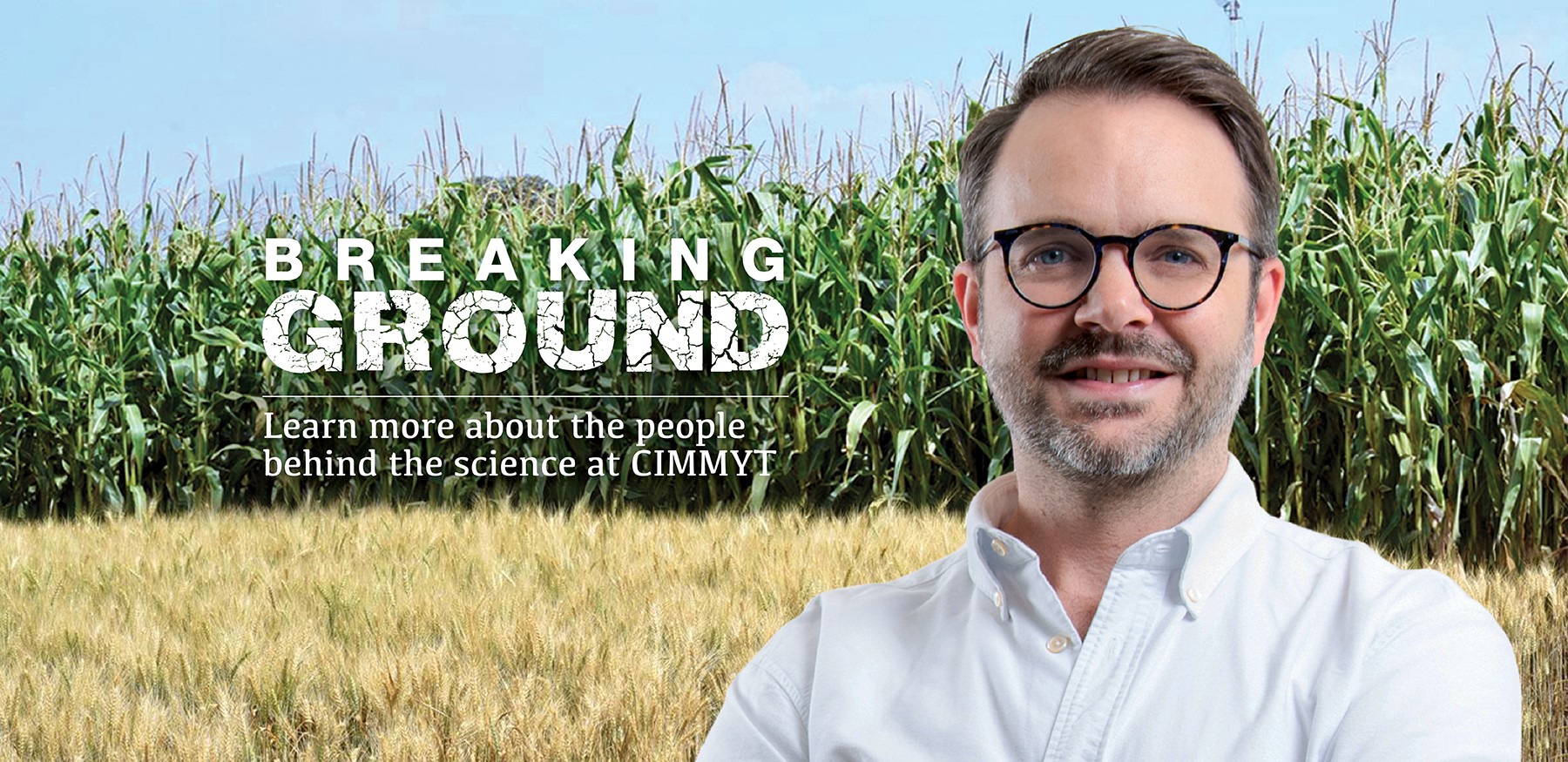
The development community is introducing increasingly complex and systemic technological designs for sustainable improvements to agriculture. Yet, a systemic perspective is hard to find in “adoption-outcome” focused analyses of technological change processes. In order to improve development interventions, it is necessary not only to analyze both successes and failures, but also the process and impacts of technological change.
Researchers at the International Maize and Wheat Improvement Center (CIMMYT) and the Institute of Development Studies (IDS) recently published a paper on rethinking technological change in smallholder agriculture, arguing against the conventional approach to studying technology adoption.
The problem with the concept of technology adoption
While the adoption rate of newly introduced technologies is still used in the evaluation of agricultural research and development, the theory of technology adoption is an insufficient framework for understanding technological change. It is too linear, too binary, too focused on individual decisions and gives an inaccurate and misleading picture to researchers.
The theory of adoption treats technology like a “black box” that is transferred smoothly from one setting to another, following a linear progression of old and inferior tools and methods to new improved ones. This theory is too simplistic to align with the complex realities of the capabilities and agency of multiple actors. In addition, in cases of participatory technology development, where intended users are involved in the creation of innovations, adoption rates are often limited due to the relatively small scale of the project.
Using adoption rate as the only indicator of success or failure can lead researchers to ignore wider impacts of the introduction of a new technology. Adoption rates could go up, but use of a new technology could cause harm to social relations, the local environment, or its resilience. Low adoption rates could classify a program as a failure, while farmers benefited substantially in undetected ways, for example forming networks or acquiring new skills and knowledge. A singular focus on adoption rates thus limits our understanding of what happens in processes of technological change.

An alternative conceptual framework
In addition to the introduction of a new technology to small-scale farming systems, technological change involves the agency of many social actors. The agency of farmers, scientists, project managers and extension officers is key to understand whether a new technology is perceived to be useful, accessible or realistic, as well as how it is adjusted and changing social relations.
A new framework is needed to capture this reconfiguration of social and technological components that result from the introduction of a new technology to a community.
The authors of this paper propose an alternative conceptual framework with an agent-, practice- and process-oriented approach to better understand technological change. The framework is composed of four key components: propositions, encounters, dispositions and responses.
Propositions are composed of artefacts, methods, techniques and practices and a proposed mode of engagement in agricultural production. Encounters can be deliberately organized, for example a field day, or spontaneous, when a farmer sees a neighbor using a new tool. Intended users of technology may be disposed to respond in a variety of different ways, and dispositions may change over time. Finally, responses are a process or pathway that is likely to involve adjustment or recalibration to make the new technology work for the farmer.
Further work to operationalize this framework is needed. The authors suggest a next step of developing indicators to measure learning, experimentation and behavioral change as part of analyzing technological change processes.

 Gender equality, youth and social inclusion
Gender equality, youth and social inclusion 


